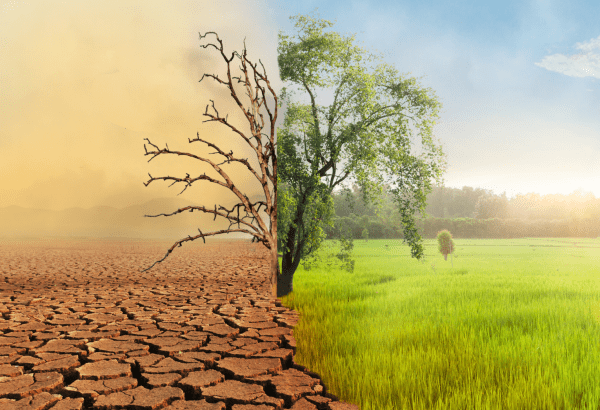
Climate Mitigation & Adaptation
-
 What We Do
What We DoSupply Chain Risk Assessments
LMI develops cutting-edge machine learning applications to proactively identify supply chain risks and leverage prescriptive analytics to help organizations modernize their approach to risk identification and mitigation.
-
![Group photo from the USFS lichen biomonitoring training in the Rouge River–Siskiyou National Forest. Lower row (left to right): Ashley Rivero (LMI), Bri Bernstein (U.S. Forest Service [USFS]), and Amanda Hardman (USFS). Upper row (left to right) Jennifer Brown (LMI), David Walls (LMI), and Teresa Bird (USFS).](/sites/default/files/styles/p_listing_grid_card_image/public/2024-08/GroupOfLMIers_Outdoors_900x675.jpg?itok=AUQmLYOs) Innovation at the Pace of Need™
Innovation at the Pace of Need™LMI Team Receives Specialized Biomonitoring Training
LMI’s environmental planning team (Jennifer Brown, Ashley Rivero, and David Walls) completed lichen biomonitoring training sponsored by the U.S. Forest Service, Region 6. The team spent three days in the Rouge River–Siskiyou National Forest’s Kalmiopsis Wilderness, where they learned how to set a biomonitoring plot, calculate tree density, identify lichen plant communities, set abundance scores, and collect tissue samples for analysis.
-
 Insights
InsightsThe Evolving National Security Landscape
The U.S. national security establishment has produced several documents outlining the mounting risks from global climate change and environmental degradation.
-
 What We Do
What We DoBaseline, Strategy & Program Support
LMI’s baseline assessment and strategy development uses rigorous analysis to identify key gaps in your current risk management approach and provides recommendations for the most impactful investments.
-
 What We Do
What We DoInfrastructure Resilience
LMI helps federal agencies strengthen infrastructure resiliency with data-driven strategies that respect natural resources and support sustainability.
-
 Insights
InsightsEnabling Disaster Preparedness in Global Health
Nations and philanthropic organizations struggle to deal with a growing number of climatologically driven disasters. Transportation and distribution of critically needed supplies has become more of a challenge as many areas deal with aging infrastructure and roads that only exacerbate the problems when disaster strikes. Governments and institutions need predictive analysis to get ahead of the problem.